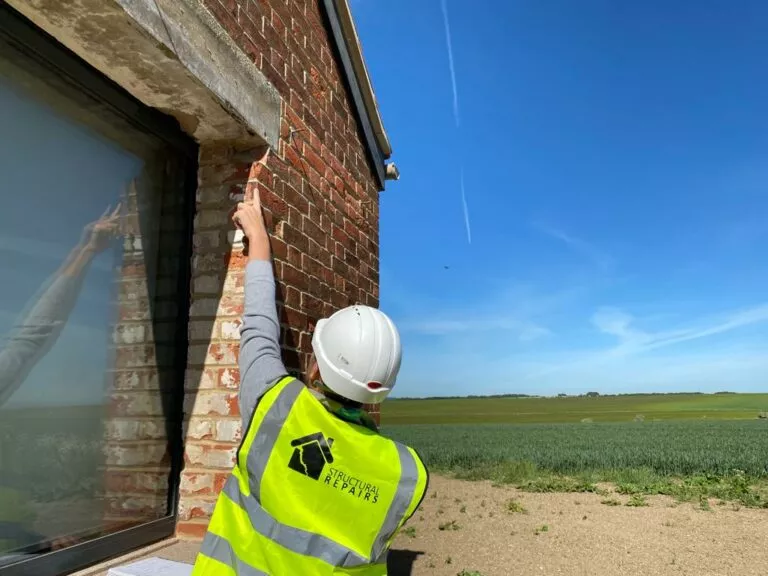
Hot Weather Risks for Commercial Properties: What Facilities Managers Should Watch For
As UK summers continue to intensify due to climate change, commercial buildings face increased structural stress during periods of hot weather. For facility managers and property stakeholders, staying ahead of climate-related damage isn’t just about repairs — it’s about protecting asset value, ensuring tenant safety, and minimising downtime.
By recognising early warning signs and adopting preventative measures, you can reduce the risk of costly interventions later.
Key Hot Weather Issues in Commercial Properties
1. Subsidence Warning Signs
Prolonged dry spells — now more common across the UK — can lead to ground movement, especially in areas with clay-heavy soil. This often results in subsidence, where parts of the building slowly sink, compromising the structure.
Early indicators include:
- Cracks in internal or external walls
- Uneven floors
- Windows or doors that stick
We recommend scheduling regular visual inspections during and after hot weather periods, especially around structural joins, expansion joints, and facade elements.
2. Concrete Degradation
Concrete is widely used in commercial settings for flooring, supports, and hard landscaping — but it’s not immune to thermal damage.
Heat-related risks include:
- Surface cracking
- Accelerated wear and reduced durability
- Compromised structural integrity during curing (if under construction)
If construction is underway, be aware that elevated temperatures speed up curing and can reduce concrete strength if not managed correctly. Shade, cooling water treatments, or early-morning pours can help mitigate this risk.
For existing assets, visible cracking or spalling in concrete should trigger a structural assessment.
3. Thermal Expansion of Doors and Windows
Rising temperatures can cause UPVC doors and windows to expand, potentially leading to:
- Warping and misalignment
- Sticking mechanisms
- Frame stress or deformation
Though typically reversible, repeated cycles of expansion and contraction may eventually affect air seals, fire doors, or access control systems.
Use damp cloths or cooling sprays to bring the material back to its original shape — but monitor repeat incidents that could signal longer-term fitment or structural concerns.
Next Steps: Proactive Asset Protection
Climate resilience is fast becoming a core component of commercial property management. Taking preventative action now ensures:
- Lower long-term repair costs
- Fewer business disruptions
- Improved tenant satisfaction and leaseholder confidence
Need a property risk assessment or post-heatwave inspection?
Our team offers structural surveys and remedial advice tailored to commercial sites. Get in touch today and secure peace of mind — before minor issues become major liabilities.